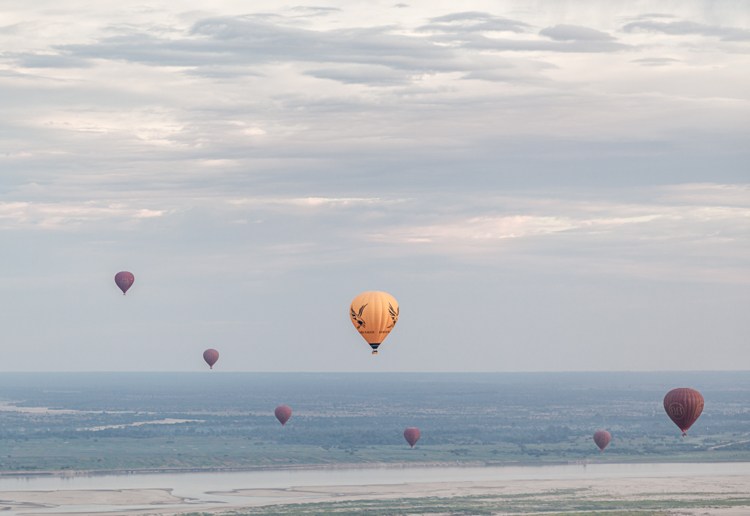How to do Storytelling with Your Images
As a photographer of people and cultures, I spend a lot of time thinking about storytelling. I want to put it to you the next logical step is learning how to introduce storytelling elements to your images. If you can draw viewers into the frame and make them think deeper, then you are taking one giant leap forward on your photography journey.
Here are five tips to get you started, accompanied by some of my own images to help illustrate the points. They may have been taken in far-flung places, but I promise you the theories can be applied to anywhere on Earth.
1. Include small details to tell a story in a single frame
Imagine your task is to tell the visual story of a person. A parent perhaps, or even yourself. How would you do it? A single portrait wouldn’t be a story. A person’s story is in the details; a picture of their desk, travel books strewn across a bedroom floor, a close-up of their hands that are dirty from working the garden, and a wide-angle portrait of them surrounded by a few of their favorite things. Next time you’re photographing a person, try to include small details in the frame that add to their story.
2. Aim for variety in a series of shots
Related to the last point is you that you need to remember to take a variety of different images styles of a single situation. Whether you want to tell the story of a camel market in India, a farmers market in a Chicago suburb, or your niece’s birthday party, just focusing on one kind of photo won’t tell a whole story. You need portraits, wide-angle shots, shots from up high, down low, action shots, zoomed-in details… all these combined tell a whole story.
3. Take control of the entire frame
You’re not only a photographer anymore, but a storyteller too. Part of realizing that role is taking control of the whole frame. Don’t just think about your subject’s positioning. It’s important to teach yourself to be aware of the whole rectangle in front of your eye.
Sometimes I lie flat on the floor to gain new perspectives, in an attempt to include environmental details in the frame that lend to the scene and add storytelling. I get strange looks, but who cares.
4. Plan ahead with a shot list
Whether you’re heading out into your hometown for some street photography, or to the Eiffel Tower for some vacation photography, why not write down a few notes beforehand in the form of a shot list? I’m talking about ideas for specific shots, angles, people that you might include in the frame or even chat to then ask for a portrait.
Research online the kind of shots that other photographers, amateurs, and pros, have taken in that place before. Seek out never-been-done fresh angles to lend a fresh storytelling aspect to a well-known location.


